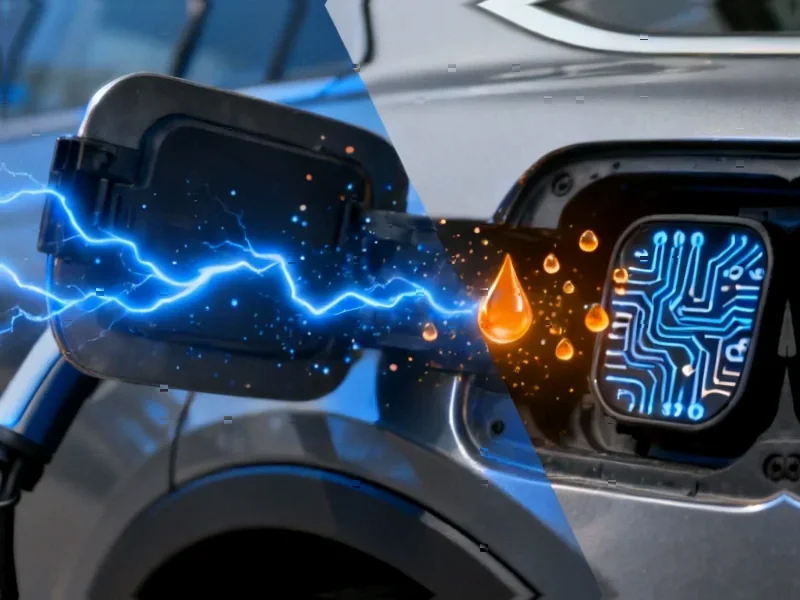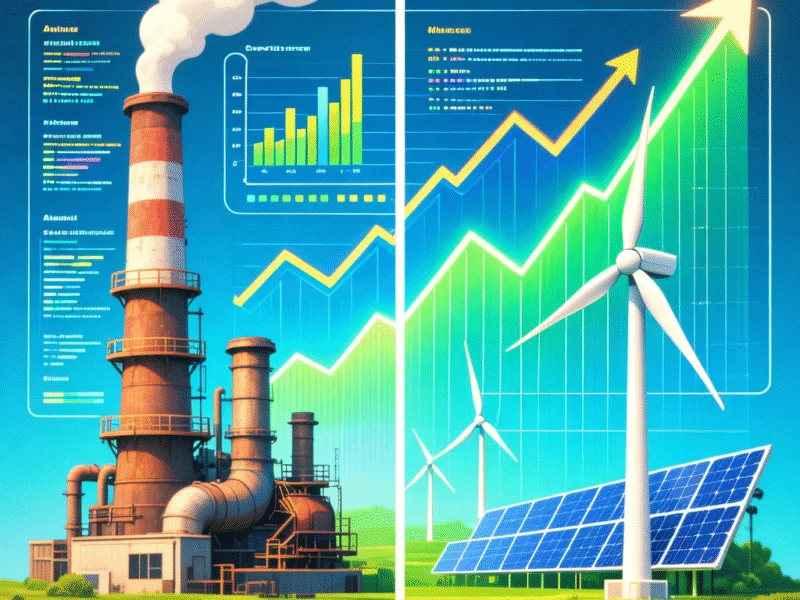A New Era for Renewable Energy in the Karoo
South Africa’s energy landscape is poised for a transformative shift as the 720 MW Nuweveld Wind Farm advances toward construction in the Upper Karoo region. This landmark project represents not only a massive renewable energy installation but also a pioneering approach to grid integration through a self-built 100-km transmission line. Scheduled to commence construction in mid-2026, the development signals a strategic move toward addressing the nation’s energy security challenges while advancing its clean energy transition.
Table of Contents
- A New Era for Renewable Energy in the Karoo
- Strategic Partnership and Project Configuration
- Grid Integration: A Game-Changer for Renewable Projects
- Technical Specifications and Land Integration
- Development Timeline and Energy Transition Alignment
- Broader Implications for South Africa’s Energy Future
Strategic Partnership and Project Configuration
The project emerges from a strategic collaboration between independent power producer Anthem Energy, holding a 70% stake, and renewable energy developer Red Cap with 30% ownership. What makes this development particularly noteworthy is its division into three coordinated 240 MW facilities positioned between Beaufort West and Loxton. This segmented approach allows for optimized construction scheduling while maintaining the economic viability necessary to justify the substantial grid infrastructure investment.
Red Cap CEO Mark Tanton emphasizes that the project’s scale required rethinking conventional development approaches. “The economics dictated upscaling to justify the major grid investments,” Tanton noted, drawing parallels to Red Cap’s previous experience developing a 116-km transmission line for the Impofu Wind Farms in the Eastern Cape.
Grid Integration: A Game-Changer for Renewable Projects
The Nuweveld project breaks new ground in South Africa’s renewable sector through its integrated transmission strategy. The fully permitted 400-kV powerline connecting the Nuweveld main transmission substation to Eskom’s Droerivier substation represents a critical infrastructure component that has been incorporated into the National Transmission Company South Africa’s Transmission Development Plan.
This proactive grid approach addresses one of the most significant challenges facing renewable energy projects worldwide – transmission constraints. By taking responsibility for grid connection infrastructure, the developers have created a model that could accelerate future renewable deployments across South Africa., as covered previously, according to industry reports
Technical Specifications and Land Integration
The project’s technical scope is equally impressive, featuring 105 turbines with nameplate capacities of 8 MW each. These advanced turbines will feature hub heights ranging from 80 to 150 meters with blade lengths extending up to 95 meters, optimized for the Karoo’s wind patterns., according to industry news
The development demonstrates careful consideration of land use, with the transmission line traversing 39 farms owned by 20 landowners while the wind farm itself will occupy portions of 12 farms involving five landowners. This distributed approach minimizes individual land impact while creating economic opportunities across multiple farming communities.
Development Timeline and Energy Transition Alignment
With grid capacity already allocated and the project progressing toward the grid-connection budget quote phase, developers anticipate reaching financial close following budget quote finalization in mid-2026. The established timeline positions the Nuweveld Wind Farm to commence operations by late 2028 – a strategically significant moment in South Africa’s energy transition.
“Considering the long development timeframe of power plants, projects like Nuweveld present an opportunity to firm up the energy supply gaps along the way,” Tanton observed, noting that development activity began seven years ago. This forward-looking development approach aligns perfectly with the scheduled decommissioning of several coal stations around 2030, providing crucial replacement capacity.
Broader Implications for South Africa’s Energy Future
The Nuweveld project represents more than just additional generation capacity – it embodies a shift in how major renewable projects are conceived and executed in South Africa. The integrated transmission approach demonstrates that private developers can successfully navigate the complexities of grid expansion, potentially creating a replicable model for future projects.
For Red Cap, the project marks a strategic evolution from pure development to becoming an independent power producer with long-term equity investment. This transition reflects the maturation of South Africa’s renewable energy sector and growing investor confidence in the country’s clean energy future.
As South Africa continues to grapple with energy security challenges while pursuing its climate commitments, the Nuweveld Wind Farm stands as a testament to the potential of strategically planned, grid-integrated renewable projects to deliver both immediate capacity and long-term energy transition benefits.
Related Articles You May Find Interesting
- Third Proxy Advisor Offers Conditional Support for Musk’s $1 Trillion Tesla Comp
- Milton Keynes to Deploy Robotic Street Cleaners in £800,000 Government-Funded Pi
- Revolutionizing Photonics: How Advanced Cavity Electro-Optic Modulation Unlocks
- Authors Demand Copyright Reform as AI Companies Scrape Literary Works Without Co
- The AI-Powered Browser Revolution: How Strawberry is Building the Future of Huma
This article aggregates information from publicly available sources. All trademarks and copyrights belong to their respective owners.
Note: Featured image is for illustrative purposes only and does not represent any specific product, service, or entity mentioned in this article.



